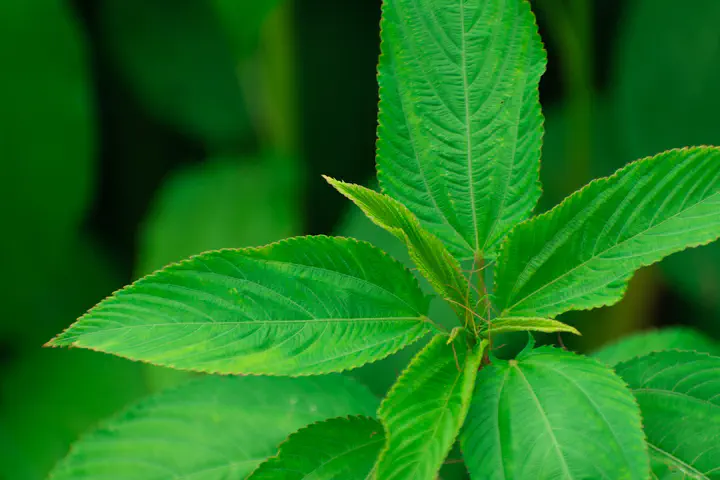Jute leaf - Egyptian Queen's beauty secret
 Image credit: Office of jute commissioner
Image credit: Office of jute commissioner
One of Bengal’s primary crops is jute. In rural areas, jute leaf is also known as nailya leaf. But that jute leaf was mainly obtained from Tosha or Baghi jute. In addition to being low in calories, jute leaves also contain many vital vitamins and minerals, such as iron, riboflavin, folate, and vitamins A and C. It is reported that Cleopatra the Egyptian queen consumed jute leaves to maintain the health of her skin.
Let’s discuss some of the benefits of consuming jute leaf: Cure Constipation: Jute leaves are rich in fiber. Moreover, fiber is very effective in maintaining good bowel movements.
Reduce inflammation: Omega-3 fatty acids are found in jute leaves, which reduce inflammation. These fatty acids aid in reducing body inflammation. Additionally, the antioxidant “Lycopene” found in jute leaves aids in regenerating cells harmed by oxidation.Boost immunity: Vitamin C-rich jute leaves might strengthen the immune system. Additionally, vitamin C functions as a potent antioxidant that lessens the negative effects of stress, pollution, and cell oxidation.Eye and skin care: Vitamin A in jute leaves is good for the eyes and skin. Additionally, vitamin A is crucial for maintaining the youthfulness of the skin’s “epithelial” cells.Cure for Restless Leg Syndrome: A person suffering from this disease keeps moving their legs constantly. One of the causes of this illness is a deficiency in iron in the body. Jute leaf consumption is frequently suggested as a natural treatment for this illness. As jute leaf is one of the rich sources of iron.